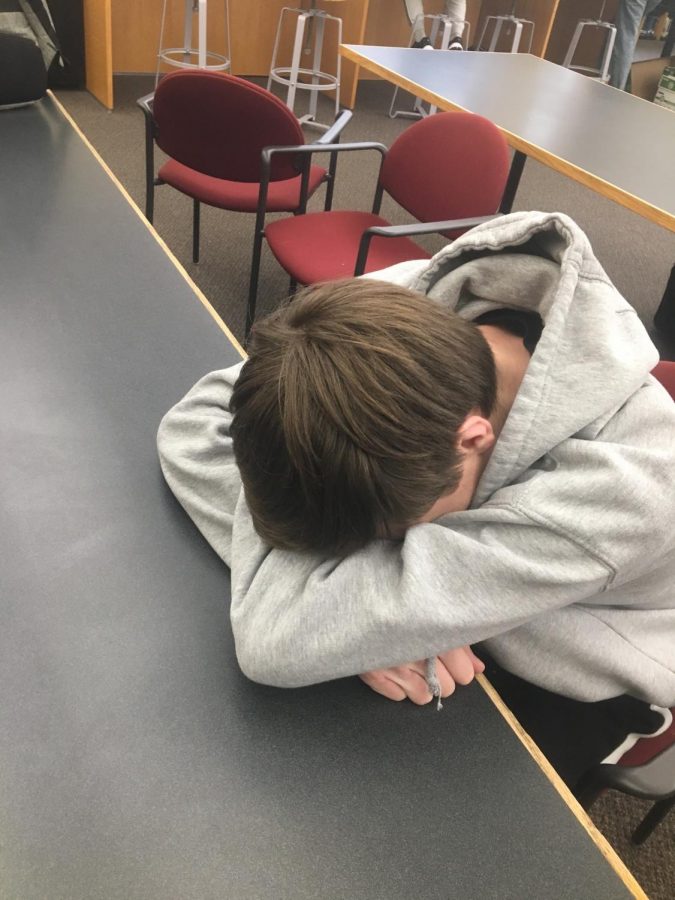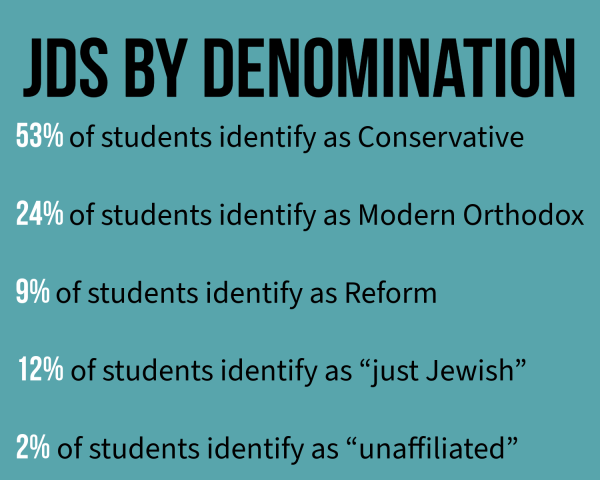Why school districts should be careful about having four day school weeks
One downside to four day school weeks is the exhaustion it causes students.
The idea of a four day school week should be attractive to almost all students. It provides students with an extra day to catch up on work, to focus on activities outside of school, and to just relax with friends. When I was first introduced to the notion of a four day school week, I too was in favor of it, as I was excited about the pros and didn’t see any significant cons. However, while a four day school week may seem appealing to most high school students, in reality, this schedule is highly ineffective, exhausting and problematic for students across the board.
By May 2019, nearly 560 school districts in 25 states had adopted a four day school week. Colorado was the first state with a district that implemented this schedule, and the state leads the nation with over 60% of statewide school districts that have implemented four day school weeks.
Most schools with four day school weeks are open Monday-Thursday. A small percentage of schools with four day school weeks have Monday off, and are open from Tuesday-Friday.
The main reason for this change is the economic benefits of a four day week. Schools lacking funds benefit from this extra day off, as it is one day less of spending on resources, utilities, food, transportation and teachers’ salaries.
Unsurprisingly, the change is appealing for many students and parents. What student wouldn’t want an extra day to relax and catch up on work? Additionally, parents have an extra day to schedule doctor appointments, run family errands and take 3-day weekend trips that don’t interfere with the school week.
However, the change to a four day school week is actually hurting students instead of helping them. According to the National Conference of State Legislatures, a study was performed in schools in Oregon on four day school week schedules. The results of the study showed a significant decline in academic performance compared to academic performance at the school prior to when the four day school week was implemented. Therefore, while it may seem like the extra day off would help students with their studies, it actually hurts their academic performance.
The shift to a four day school week does not mean that there is less total time in school. Instead, the four remaining school days are longer days than average. Students in the Cherry Creek school district in Colorado have school days that start at 7:45, and the days don’t end until four in the afternoon. Students with extra-curriculars often don’t return home until 7 or 8 o’clock, leaving them with little time to study and do homework.
There are 3 main problems with the lack of time for homework. First, students can get behind on their work. With little time for homework, work can fall through the cracks, and students end up turning in assignments late. This can lead to a decrease in the quality of grades. Second, the limited amount of time for homework often results in lower quality work. Students run out of time for proofreading, editing and improving their work. This too can negatively impact their grades, and students with extra-curriculars can end up with significantly worse grades than they should have.
Finally, students become exhausted. According to the National Sleep Foundation, high school students need between 8-10 hours of sleep every night. With lengthened school days, students can be up past 10 o’clock doing homework, and need to wake up early in the morning for the bus. For any student, this system would result in exhaustion. Exhaustion is already enough of a problem, so why exhaust students even more?
While a four day school week is an exciting thought for high school students, in actuality, it results in a decrease in the quality of grades and extreme exhaustion for students.













